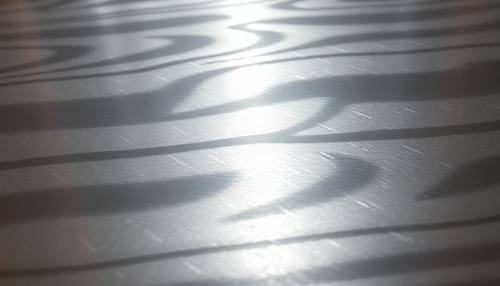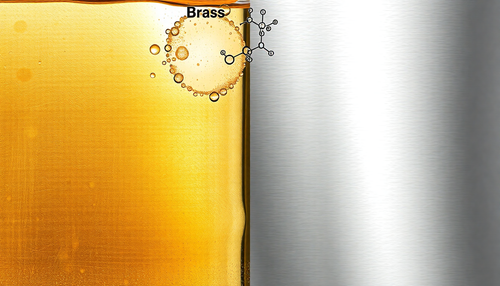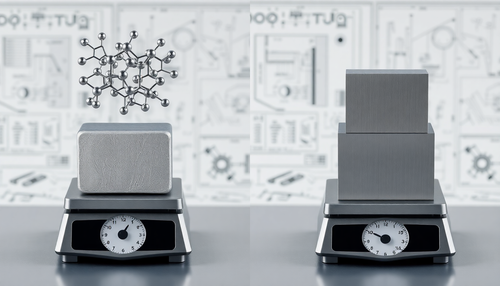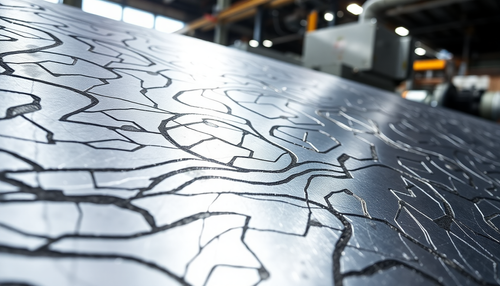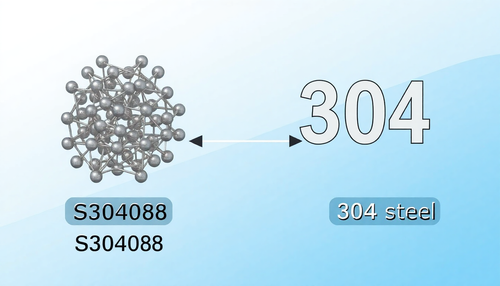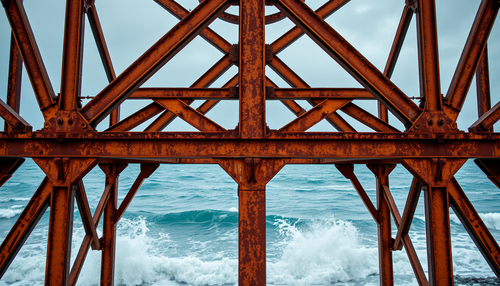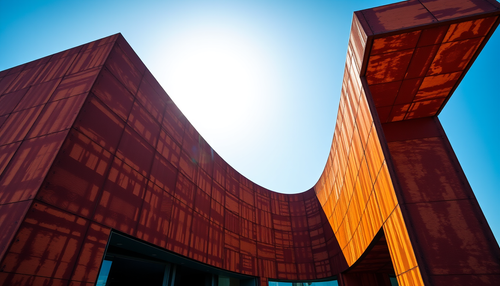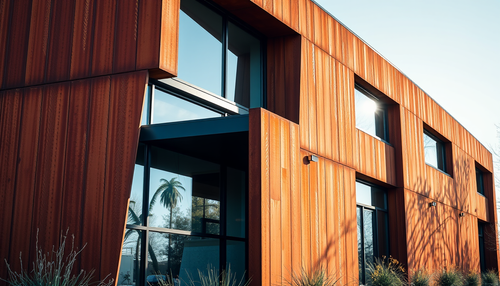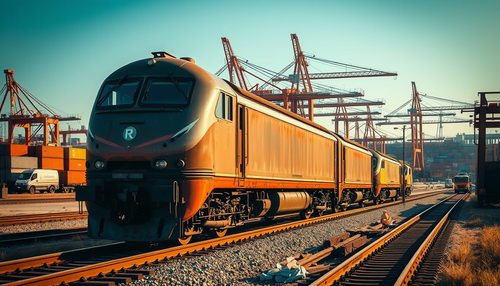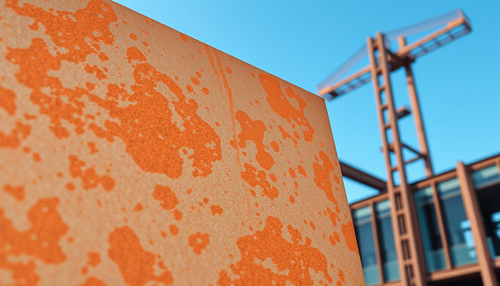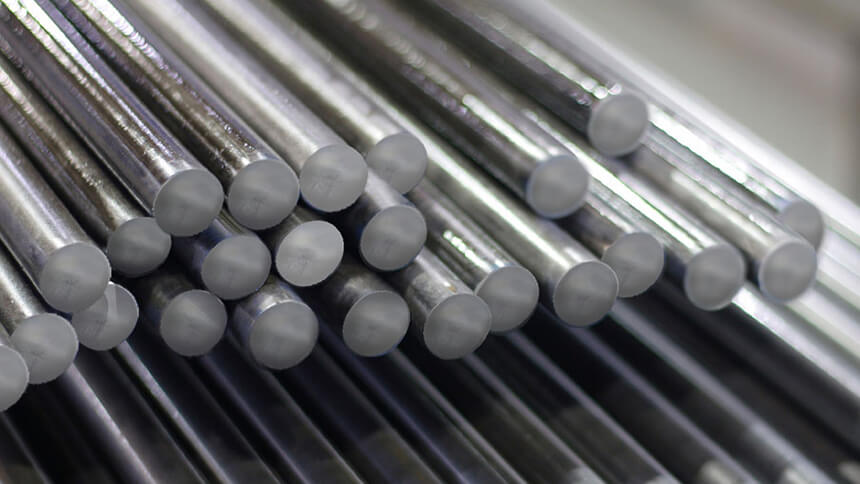
Steel ASTM SAE AISI 1020
SAE AISI 1020 steel belongs to the classification of carbon steels, being categorized as a low carbon steel. The designation "SAE AISI 1020" indicates that this steel follows the standards of the Society of Automotive Engineers (SAE) and the American Iron and Steel Institute (AISI). It contains approximately 0.20% carbon, which makes it a mild steel, easy to work and weld.
SAE AISI 1020 steel is one of the most used carbon steels in industry due to its combination of ductility, resistance and malleability. We explore in detail the characteristics, applications and properties of this popular material in engineering and manufacturing.
AISI 1020 steel is also known as C1020 steel in cold worked condition (cold rolled or cold drawn). 1020 carbon steel is one of the most commonly used plain carbon steels, it has good machinability and weldability. SAE AISI 1020 carbon steel can be hot rolled or cold drawn, but is usually turned and polished or cold drawn. Due to its low carbon content, it is resistant to induction hardening or flame hardening.
Properties and specifications of AISI SAE 1020 steel
The data sheet below lists the properties of SAE AISI 1020 steel, including chemical composition, physical and mechanical properties, etc.
Chemical composition
| Chemical Composition of AISI SAE 1020 Steel (%) | ||||
| AISI | W | Mn | P(≤) | S (≤) |
| 1020 | 0.18-0.23 | 0.30-0.60 | 0.040 | 0.050 |
Physical properties
Melting point: 1515°C (2760°F)
Density of 1020 steel: 7.87 g/cm3 (0.0361 lbs/in3)
| Thermal conductivity of material 1020 | |
| Value (W/m·K) | Temperature, °C (°F) |
| 51.9 | 0 (32) |
| 51.0 | 100 (212) |
| 48.9 | 200 (392) |
| Specific heat | |
| Value (J/Kg·K) | Temperature, °C (°F) |
| 486 | 50-100 (122-212) |
| 519 | 150-200 (302-392) |
| 599 | 350-400 (662-752) |
| Electrical Resistivity of 1020 Carbon Steel | |
| Value (μΩ·m) | Temperature, °C (°F) |
| 0.159 | 0 (32) |
| 0.219 | 100 (212) |
| 0.292 | 200 (392) |
| Linear thermal expansion coefficients | ||
| Value (10 -6 /K) | Temperature, °C (°F) | Treatment or condition |
| 11.7 | 20-100 (68-212) | Annealed |
| 12.1 | 20-200 (68-392) | |
| 12.8 | 20-300 (68-572) | |
| 13.4 | 20-400 (68-752) | |
| 13.9 | 20-500 (68-932) | |
| 14.4 | 20-600 (68-1112) | |
| 14.8 | 20-700 (68-1292) | |
Notes: 10 -6 /K = 10 -6 .K -1 = (µm/m)/°C
Mechanical Properties of SAE AISI 1020 Carbon Steel
The following data shows that the mechanical properties of AISI SAE 1020 steel include yield strength, tensile strength, elongation, section reduction and hardness under various conditions.
Young's modulus (modulus of elasticity) of SAE AISI 1020 carbon steel in the as-received condition: 186 GPa (27×10 6 psi).
This steel has a tensile strength that varies between 420-470 MPa, and a yield strength between 350-380 MPa. Its ductility is highlighted by its ability to elongate up to 25% in tensile tests.
Chemical composition
SAE AISI 1020 steel has a balanced chemical composition that includes low amounts of carbon (0.18-0.23%), manganese (0.30-0.60%), and smaller amounts of silicon, phosphorus and sulfur. This composition provides excellent weldability and good formability.
| Mechanical properties of AISI 1020 steel under heat treatment or cold working conditions | |||||||
| AISI (UNS) | Tensile strength, MPa (ksi), ≥ | Yield strength, MPa (ksi), ≥ | Elongation by 50 mm, %, ≥ | Reduction in area, %, ≥ | Hardness (HB) | Processing, condition or treatment | Sample size, mm (in.) |
| 1020 (G10200) | 380 (55) | 205 (30) | 25 | 50 | 111 | Hot rolled | 19-31.8 mm (0.75-1.25 in.) |
| 420 (61) | 350 (51) | 15 | 41 | 121 | Cold drawing | ||
| Mechanical properties in hot rolled, normalized and annealed condition | ||||||||||
| AISI | Tensile strength, MPa (ksi), ≥ | Yield strength, MPa (ksi), ≥ | Elongation by 50 mm, %, ≥ | Reduction in area, %, ≥ | Hardness (HB) | Processing, condition or treatment | Austenitizing temperature, °C (°F) | Quenching agent | Impact resistance Izod, J, (ft·lbf) | Sample size |
| 1020 | 448 (65) | 331 (48) | 36 | 59 | 143 | How it happened | – | Oil | 87 (64) | 12.8 mm (0.505 in.) machined to 25.4 mm (1 in.) circles. |
| 441 (64) | 346.5 (50.3) | 35.8 | 68 | 131 | Standardized | 870 (1600) | Oil | 118 (87) | ||
| 394.7 (57.3) | 295 (43) | 36.5 | 66 | 111 | Annealed | 870 (1600) | Oil | 123 (91) | ||
| Cyclic Fatigue Properties | |||||||
| UN | Note | Cyclic resistance coefficient, MPa (ksi) | Fatigue resistance coefficient, MPa (ksi) | Fatigue resistance exponent | Fatigue ductility coefficient | Fatigue ductility exponent | Hardness (HB) |
| G10200 | SAE 1020 steel | 1205 (175) | 850 (123) | -0.12 | 0.44 | -0.51 | 108 |
Machinability
The machinability rating of AISI SAE 1020 carbon steel is 65 based on a 100% machinability rating for 1212 steel.
SAE AISI 1020 Steel Heat Treatment
The heat treatment of SAE AISI 1020 carbon steel, including normalizing, annealing, austenitizing, etc.
AISI 1020 standardization
The typical normalizing temperature for SAE AISI 1020 carbon steel is 915°C (1675°F).
AISI 1020 Annealing
Recommended temperature and cooling cycle for complete annealing of small carbon steel forgings (size ≤ 3 in):
Annealing temperature is 855-900°C (1575-1650°F), cooling cycle is 855°C (1575°F) to 700°C (1290°F), furnace cooling speed is 28°C/h (50°F). F/h), Brinell hardness is 111-149 HB.
Reheating (Austenitization)
Reheating (austenitizing) temperatures for hardening SAE 1020 steel are 760-790°C (1400-1450°F). Carburizing is commonly performed at 900 to 925 °C (1650 to 1700 °F).
Cover hardening
The surface hardening carburizing temperature of 1020 carbon steel is 970-955°C, and most of them are carried out in a mixture of methane gas and carrier gas. Hardening after carburizing is generally achieved by direct quenching to the carburizing temperature in water or brine.
Typical heat treatment for case hardening SAE 1020
- Carbon temperature: 900-925°C (1650-1700°F), cooling method: water or caustic;
- Reheating temperature: 790°C (1450°F), cooling method: water or 3% sodium hydroxide;
- Carbonitriding temperature: 790-900°C (1450-1650°F), cooling method: oil;
- Quenching temperature: 120-205 °C (250-400 °F), to relieve stress and improve resistance to cracking (not mandatory).
Typical Forging Temperature
The typical forging temperature of AISI 1020 carbon steel is 1290°C (2350°F).
Applications of SAE AISI 1020
Due to its versatility, SAE AISI 1020 steel is widely used in various industries. Some of the most common applications include:
- Automotive components : Used in the manufacture of axles, connecting rods, supports and other components that require good toughness and weldability.
- Mechanical construction : In machine parts such as gears, pins, spindles, and where moderate strength and toughness are required.
- Furniture industry : In metallic structures due to its good formability and welding capacity.
- Agricultural equipment : Agricultural machinery parts that require good wear resistance and robustness.
AISI 1020 carbon steel welding
The recommended preheating and interpass temperatures for AISI SAE C1020 steel:
For thickness ≤50 mm (2 in.), the recommended preheat and interpass temperature is above -12 °C (for low hydrogen); and 38 °C for other than low hydrogen.
Advantages and disadvantages
Benefits:
- Excellent ductility and malleability.
- Good weldability without the need for special treatments.
- Cost effective compared to steels with higher carbon content.
Disadvantages:
- Lower strength and hardness compared to medium and high carbon steels.
- Susceptibility to corrosion without adequate surface treatment.
Concluding
SAE AISI 1020 steel is a prevalent choice for engineers and designers due to its unique combination of ductility, weldability and cost-effectiveness. Although it is not suitable for all applications, especially those requiring high levels of strength and hardness, its properties make it ideal for a wide range of uses in manufacturing and mechanical construction.


